The automotive world has witnessed numerous challengers to established luxury marques over the decades, but few have carried the cultural weight and technical ambition of Hongqi's H9 sedan. Dubbed "China's Rolls-Royce" by enthusiasts and media alike, this flagship model represents more than just another premium vehicle - it embodies China's automotive aspirations on the global stage.
Walking toward the Hongqi H9 at a Shanghai dealership, the first impression is one of undeniable presence. The massive vertical grille, flanked by matrix LED headlights that seem to stare through you, creates an aura typically reserved for vehicles costing three times as much. There's a theatrical quality to its design language, from the pulsating light show during approach to the way its shoulder line flows like calligraphy strokes along the body. This isn't subtle transportation; it's a rolling declaration of Chinese luxury.
Where tradition meets technology, the H9's interior reveals its true competitive intentions. The cabin wraps occupants in Nappa leather so supple it makes German rivals feel utilitarian by comparison. What surprises most Western journalists is the thoughtful integration of cultural motifs - the ventilation controls mimic ancient jade carvings, while the ambient lighting patterns reference traditional Chinese paintings. Yet beneath these artistic touches lies cutting-edge tech: a 12.3-inch digital instrument cluster that can display navigation in augmented reality, rear seats with 8-way power adjustment and massage functions, and an AI assistant that understands complex dialect phrases.
The driving experience reveals fascinating contradictions. At low speeds, the air suspension (a segment-first for Chinese automakers) delivers cloud-like isolation from road imperfections, approximating the magic carpet ride of British luxury icons. Push harder through mountain passes, and the chassis displays surprising composure for a 5.2-meter-long sedan, though it never quite shakes the sensation of being a very large machine. The turbocharged 3.0-liter V6, while smooth, lacks the effortless torque of European V8s, reminding us that powertrain refinement remains an area for growth.
What truly sets the H9 apart is its cultural resonance within China. For domestic executives, being chauffeured in a Hongqi carries different connotations than arriving in a German flagship. There's national pride in choosing the homegrown option, particularly one with Hongqi's pedigree as the official state carmaker since 1958. The brand's resurgence under FAW's premium strategy has been carefully cultivated, with the H9 serving as the halo product that makes lesser models desirable.
Comparative tests against the Mercedes S-Class and BMW 7 Series reveal where the H9 excels and where it still trails. The NVH (noise, vibration, harshness) levels at highway speeds rival the Germans, thanks to acoustic glass and active noise cancellation. However, the infotainment system, while feature-rich, suffers occasional lag that wouldn't be tolerated in Munich or Stuttgart. The semi-autonomous driving functions work remarkably well on Chinese highways but become hesitant in complex European urban environments.
Perhaps most telling is the H9's reception in Middle Eastern markets, where it's found unexpected success among buyers who appreciate its bold styling and value proposition. In Dubai, the Hongqi outsells several established European brands, with local dealers reporting particular interest from younger entrepreneurs drawn to its distinctive presence. This international acceptance suggests the H9 isn't just patriotic purchasing at work - it's a genuinely competitive product.
The manufacturing story behind the H9 deserves attention. Hongqi's Changchun factory incorporates more automation than many European plants, with laser scanning ensuring panel gaps tighter than human hands could achieve. Their paint shop uses a 9-layer process that creates depth comparable to Rolls-Royce's famed finishes. What's remarkable is how quickly Chinese automakers have closed these industrial gaps - technologies that took decades to perfect in the West have been implemented in under five years.
Pricing strategy reveals Hongqi's clever positioning. At approximately $60,000 for the V6 model in China (about half the cost of a base S-Class), the H9 undercuts Germans while offering more standard luxury features. Even with import duties, European customers pay significantly less than for comparable flagships. This value equation makes the H9 particularly appealing to corporate fleets and government agencies looking to reduce costs without sacrificing prestige.
Long-term reliability remains the great unknown. While early adopters report few issues, the true test will come as these vehicles accumulate 100,000+ kilometers. Chinese brands have historically struggled with longevity compared to Japanese or German marques, but the H9's extensive use of proven ZF transmissions and Bosch electronics suggests Hongqi is serious about changing that perception.
The cultural symbolism shouldn't be underestimated. When Chinese President Xi Jinping chose a Hongqi L5 for his Vatican visit, it sent a clear message about national industrial confidence. The H9 represents the consumer-facing manifestation of this policy - a luxury sedan that doesn't apologize for its origins but celebrates them through design and engineering.
As automotive journalist Martin Avery noted after a week with the H9: "This isn't a Rolls-Royce competitor in the traditional sense. It's something new - a luxury car that speaks specifically to Chinese sensibilities while meeting global standards. The West might not fully appreciate all its nuances, but that's rather the point."
Looking ahead, Hongqi plans hybrid and full-electric H9 variants that could address the current model's fuel consumption drawbacks. With China's EV infrastructure rapidly expanding, these future iterations might prove even more compelling. For now, the gasoline-powered H9 stands as a remarkable statement - proof that Chinese automakers can compete in the premium space without simply copying established players.
The ultimate compliment to the H9 might be this: at traffic lights in Beijing or Shenzhen, pedestrians no longer assume it's a European luxury car at first glance. They recognize the winged badge, the distinctive lighting signature, and the confident stance as something authentically Chinese - and that represents a victory far beyond sales figures.
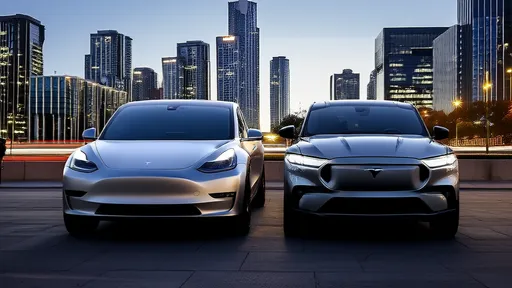
By /Jun 14, 2025

By /Jun 14, 2025
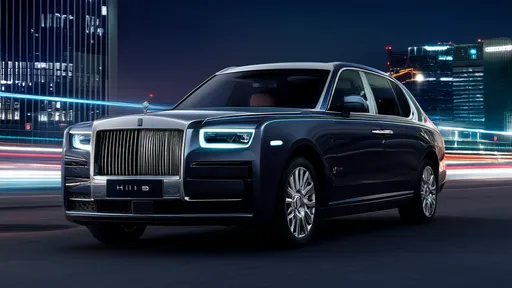
By /Jun 14, 2025
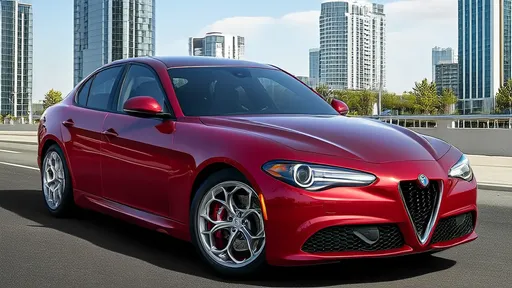
By /Jun 14, 2025
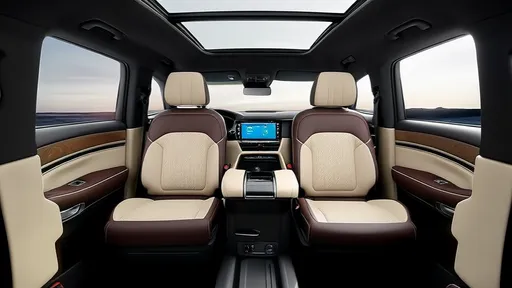
By /Jun 14, 2025
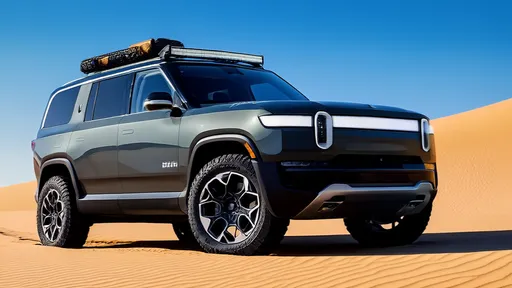
By /Jun 14, 2025
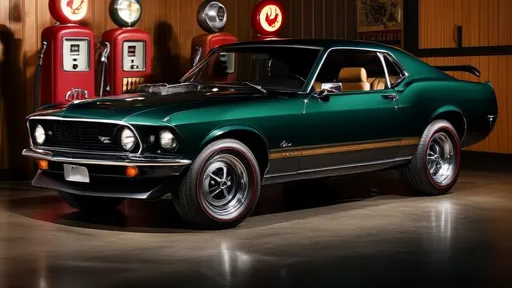
By /Jun 14, 2025
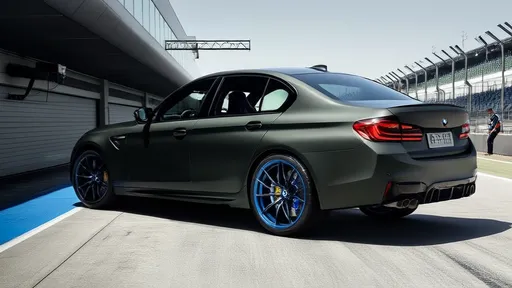
By /Jun 14, 2025
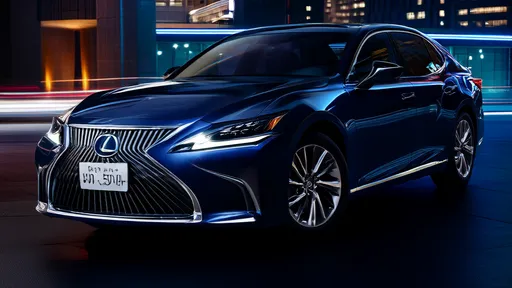
By /Jun 14, 2025
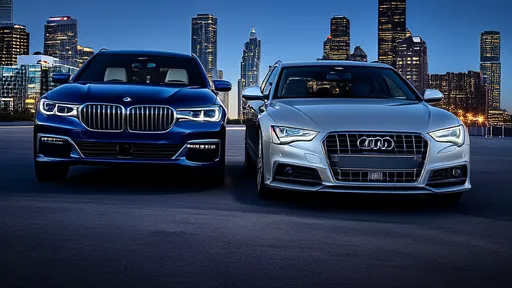
By /Jun 14, 2025
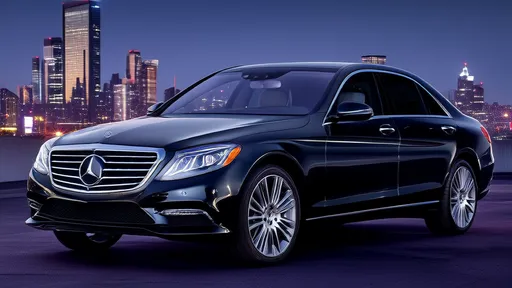
By /Jun 14, 2025
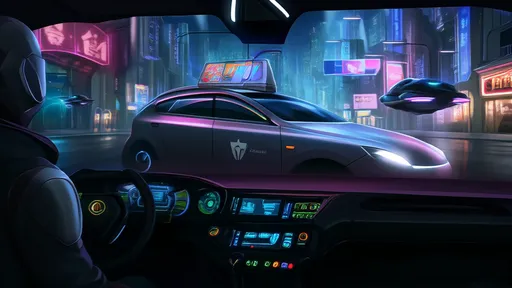
By /Jun 14, 2025
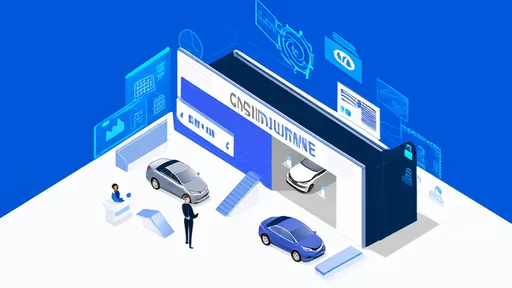
By /Jun 14, 2025
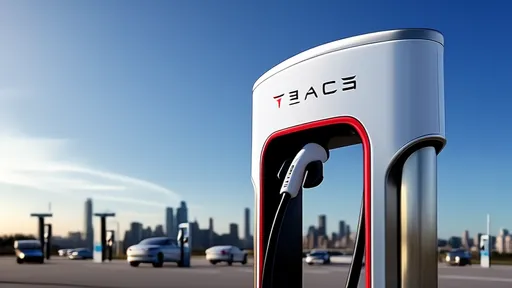
By /Jun 14, 2025
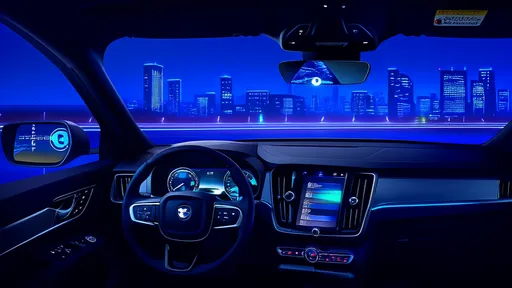
By /Jun 14, 2025
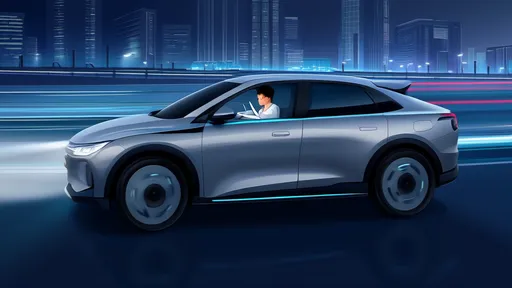
By /Jun 14, 2025
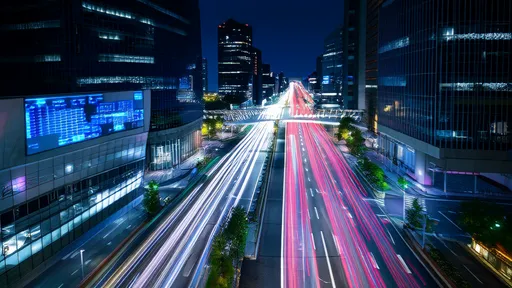
By /Jun 14, 2025